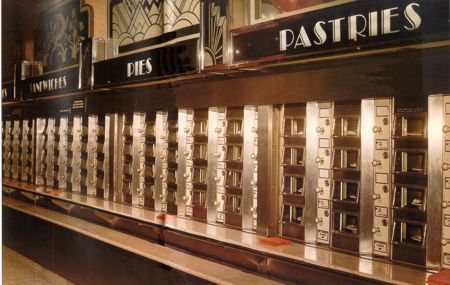There’s an interesting article on the E_Reads blog about Google eBooks becoming Google Editions, and how this will impact the publishing industry. For writers specifically, it mentions that there will be an Affiliate program that allows authors to sell their own ebooks from their web sites through Google Editions.
Independent writers currently have several options to circumvent the traditional publishing industry, including POD, vanity presses, and now, for ebooks, Google Editions. Currently, the biggest advantages traditional publishing has over these others is access to brick and mortar stores, and to critics. Budgets for publicity, which used to be a big plus with traditional publishers, are drying up, leaving the author in all cases picking up the bill for much of his/her own publicity tour.
Many authors, especially those with non-fiction or self-help works, use POD publishing in tandem with other sources, such as speaking at conferences, where they sell physical editions of their work, and on-air marketing through providing content, such as late-night talk shows. A parallel to this in the traditional publishing industry would be a college professor requiring their students to purchase their own text book from a textbook publisher.
For the independent author with POD, however, Google Editions seems to offer an additional outlet for sales. POD editions are physically delivered to the reader. But with ebooks slated to be the primary source of reading in the near future (some sources estimate that 80% of book sales will be ebooks within 5 years, which sounds overly-optimistic to me in this economy) Google Editions seems to offer a way to fill the sales gap. Details about the new program are incomplete, but it appears that it should handshake cleanly with Google’s online stores and the Google Checkout program, a purchasing interface for websites that charge the seller per transaction.
I’m in no way affiliated with Google at this time, and am probably only slightly less confused than most writers about the best method for marketing and sales. The real difficulty is that with the traditional publishing industry being so difficult to break into, POD, Google Editions, and vanity presses offer a tasty bit of bait on a hook. The hook is, of course, that because anyone can publish anything they like with these sources, quality is varied, and traditional publishing is unlikely to consider even looking at a previously self-published work.
Your thoughts?






